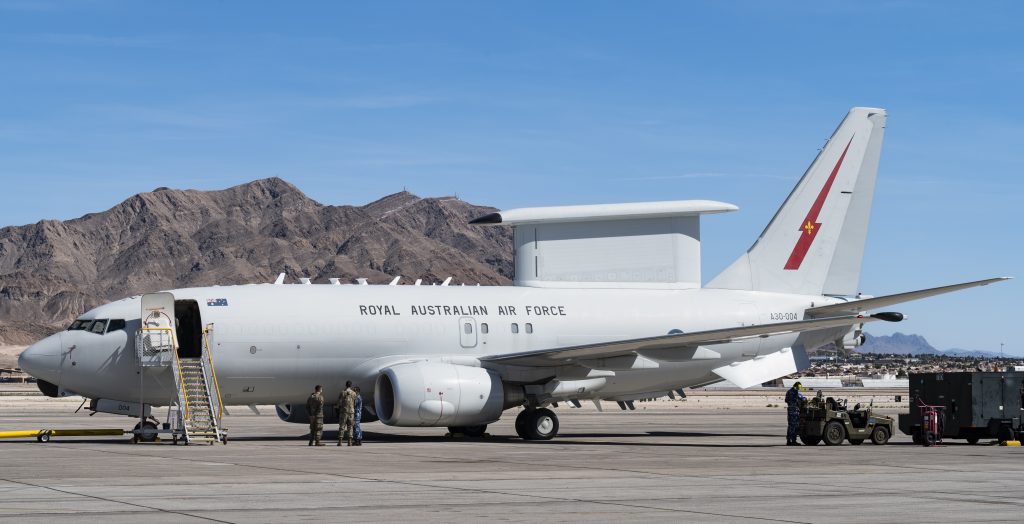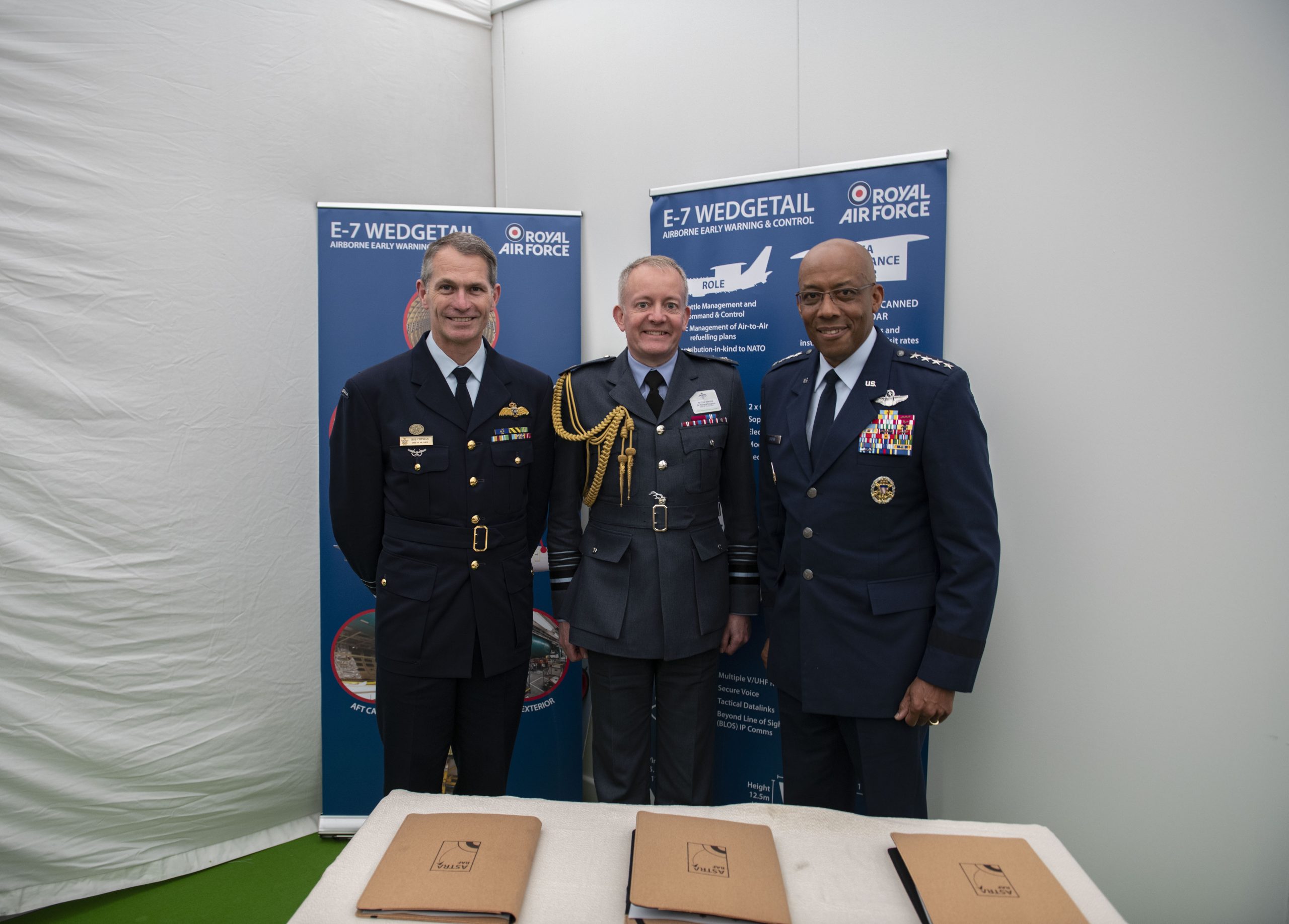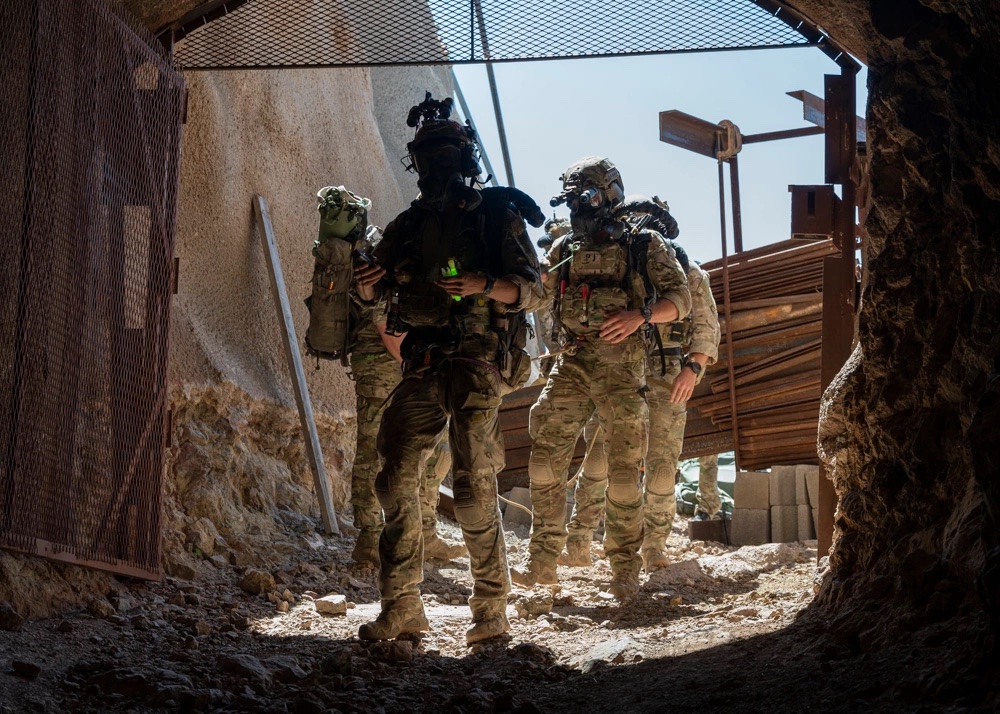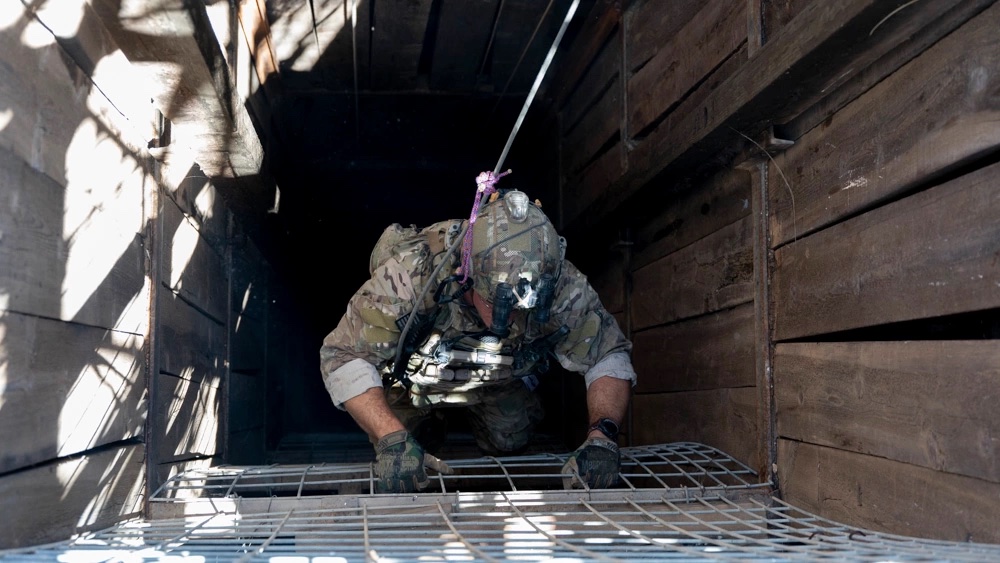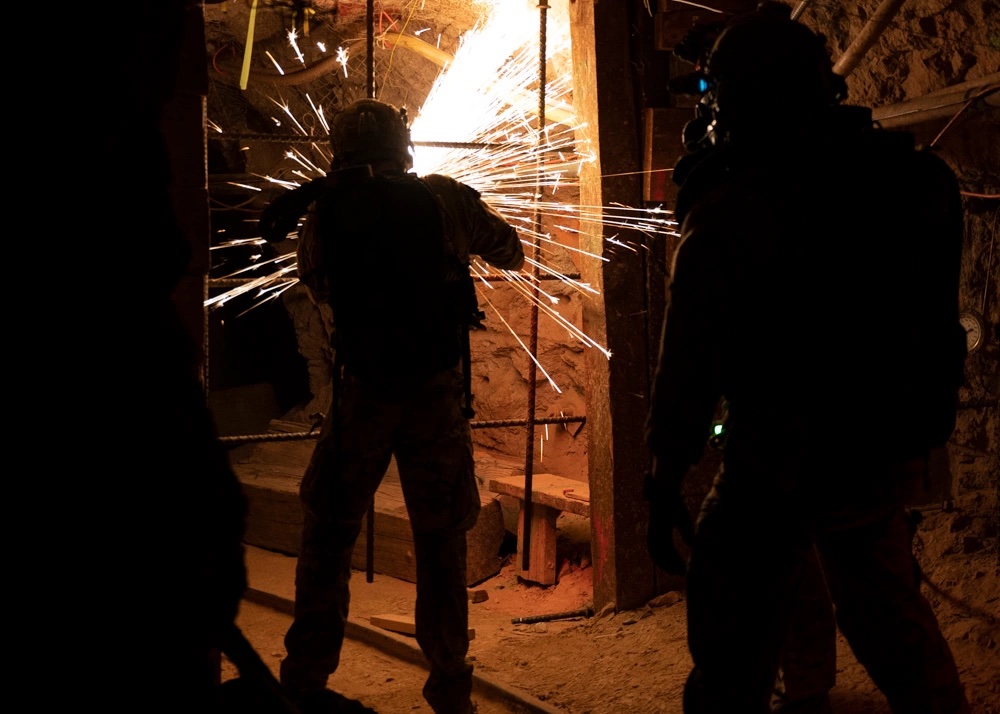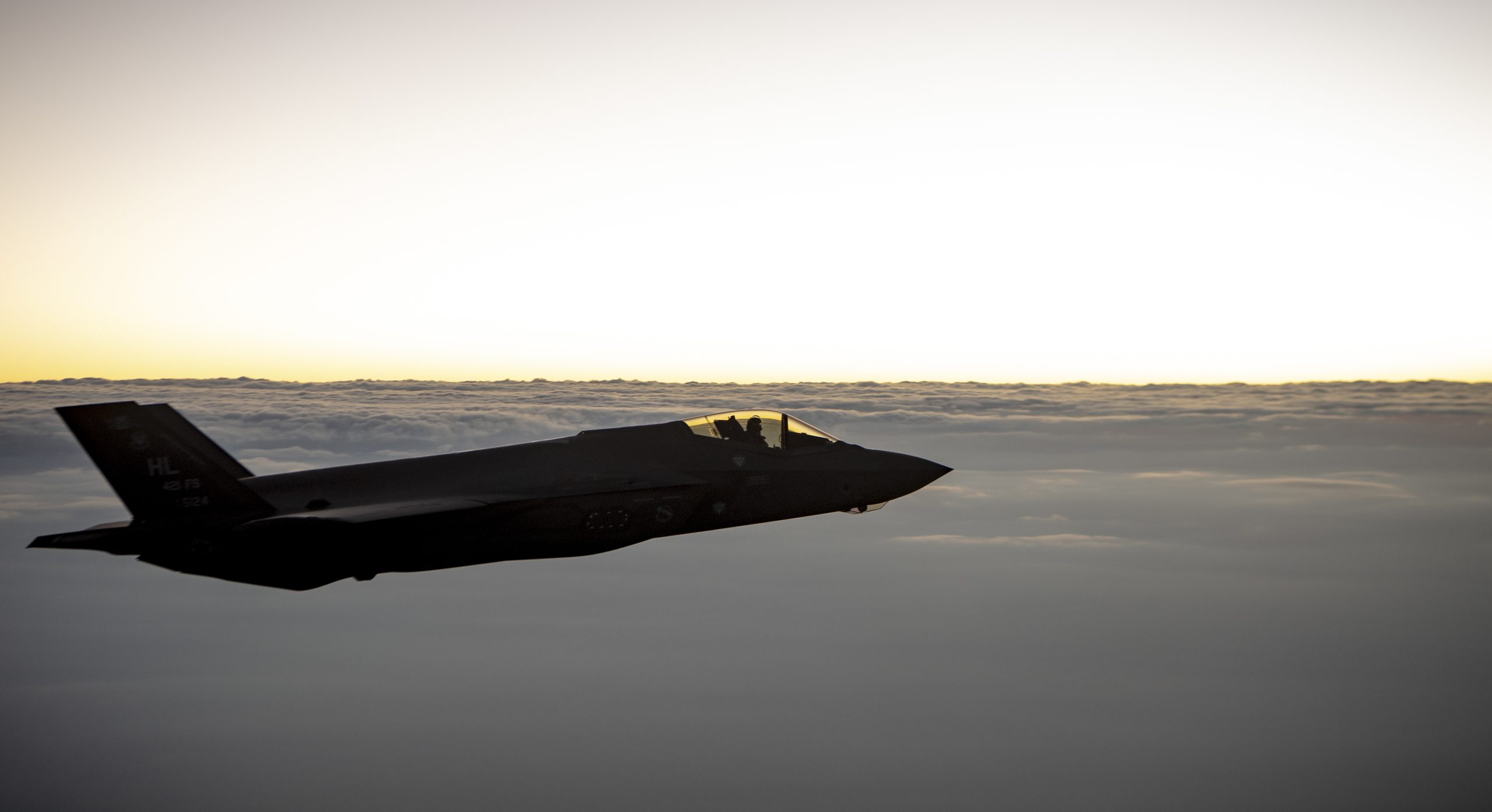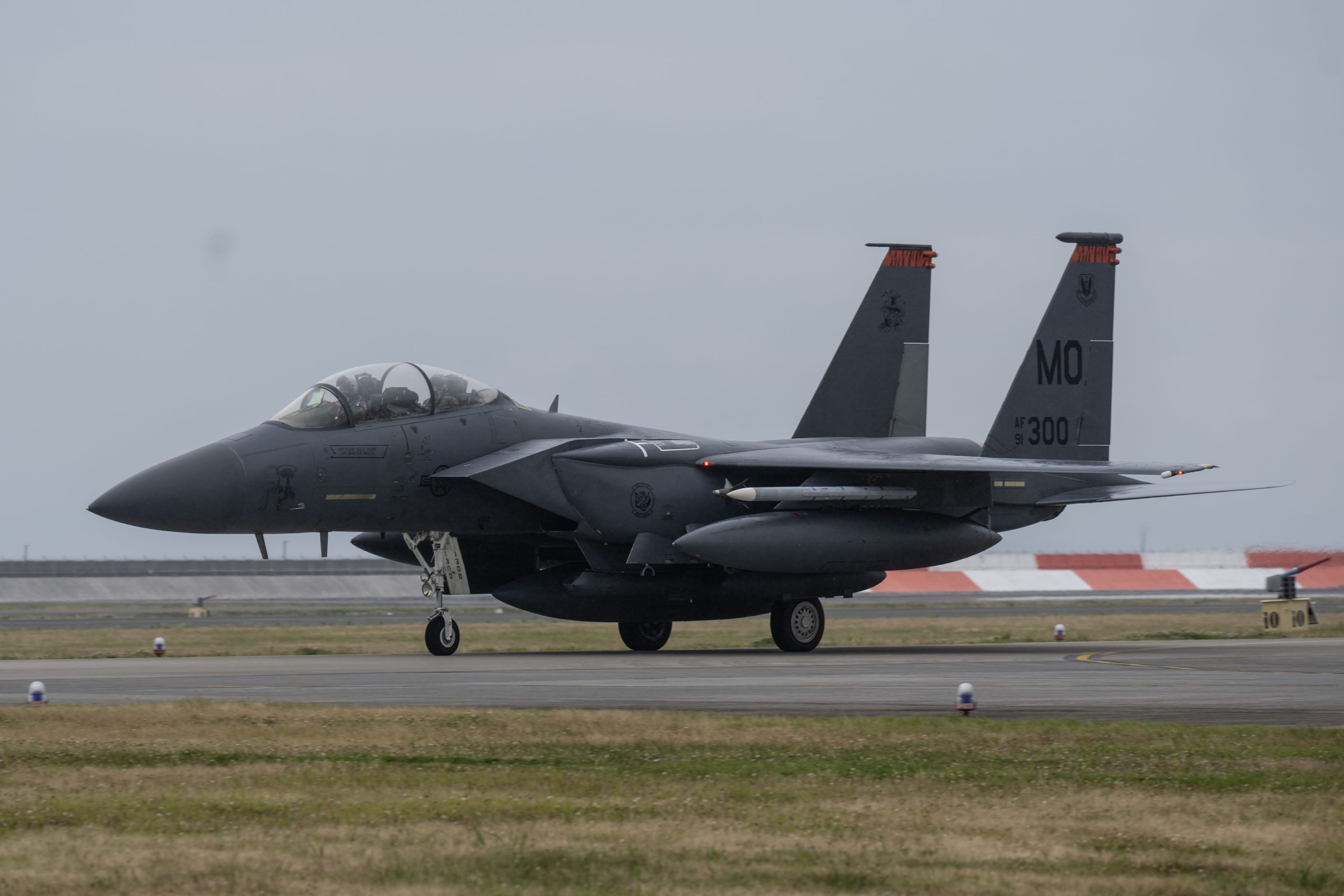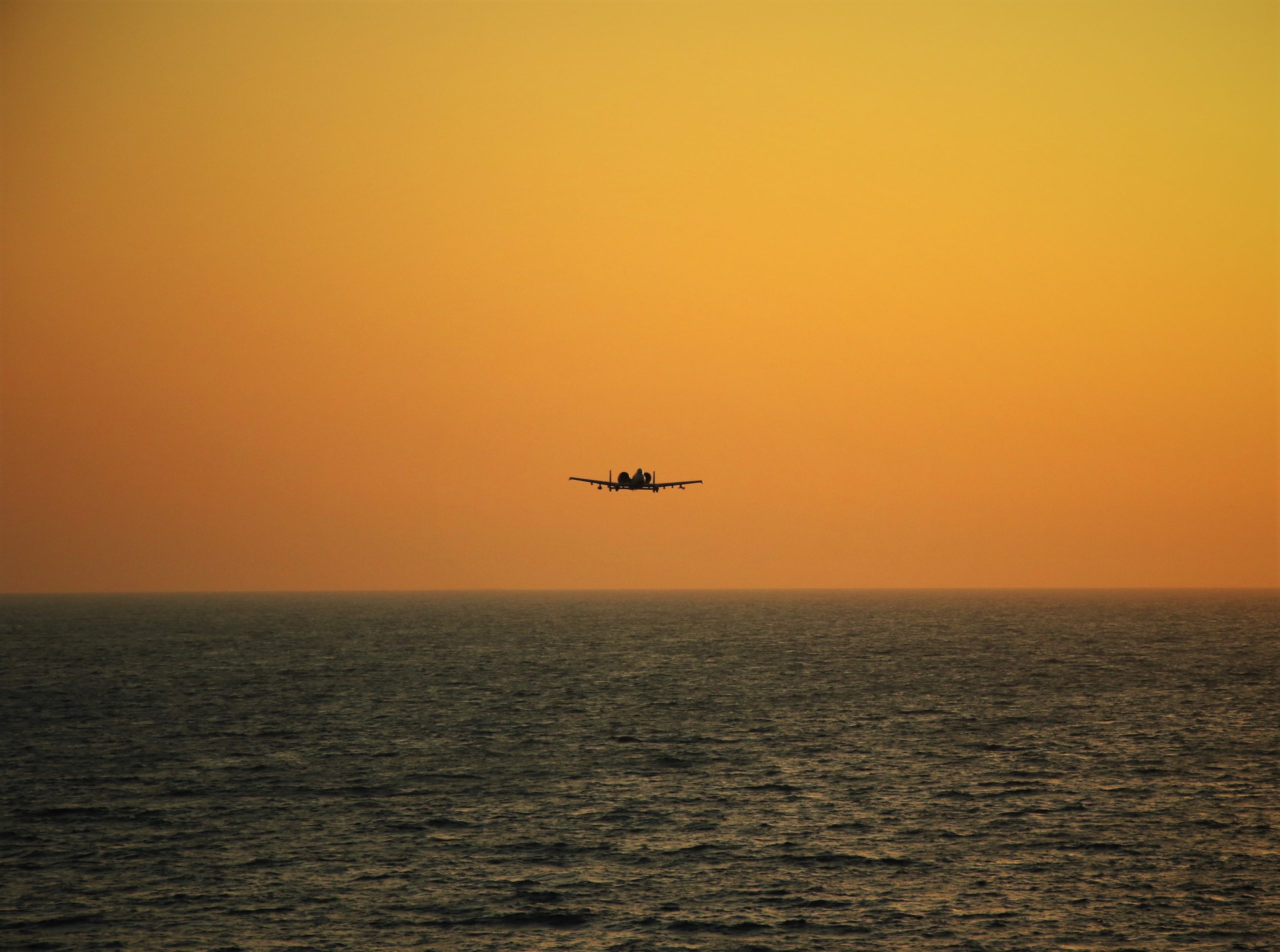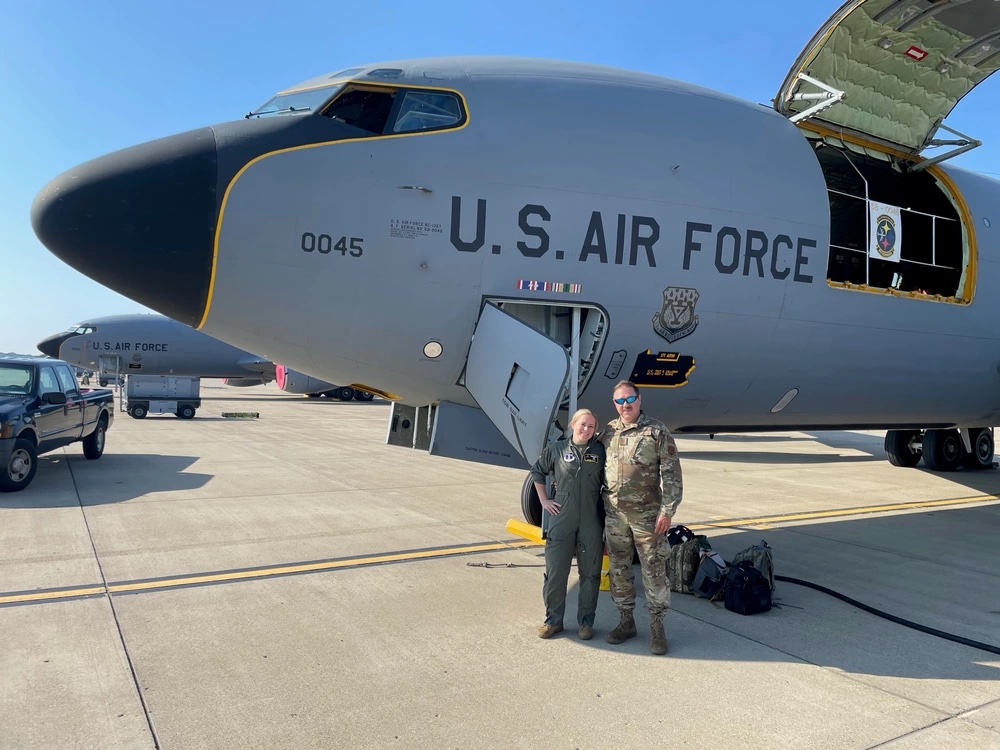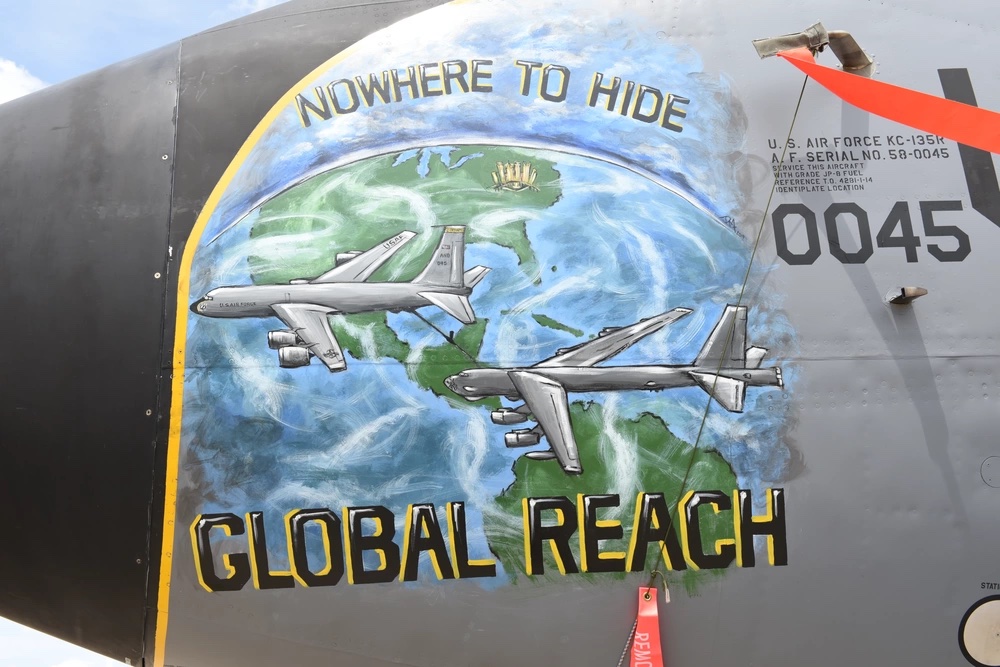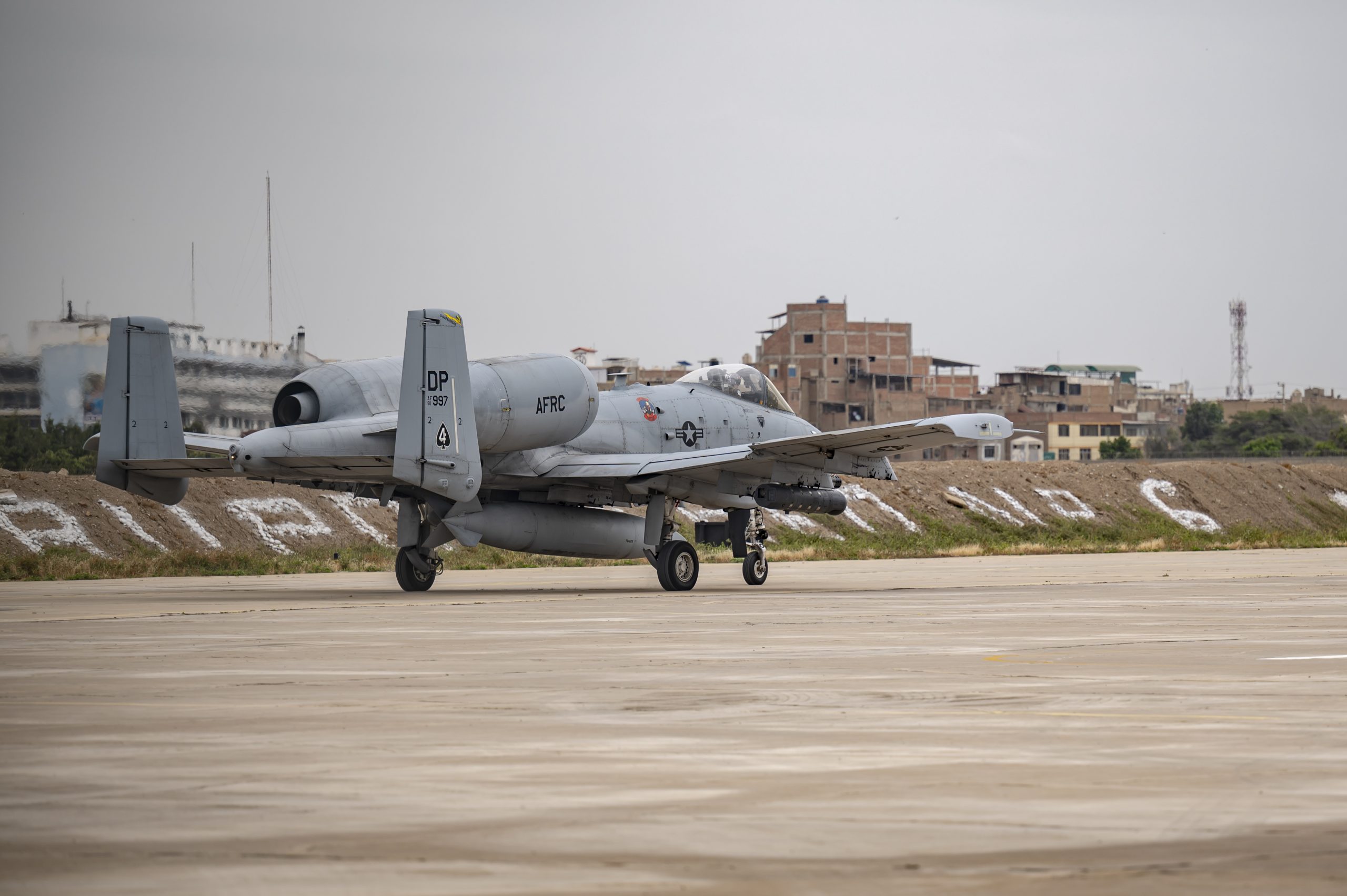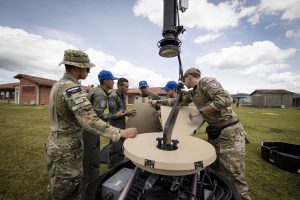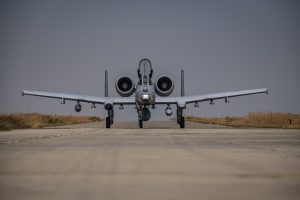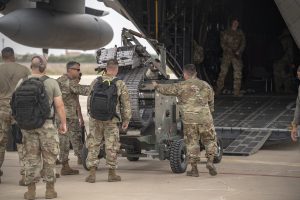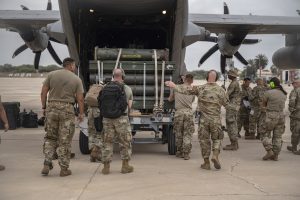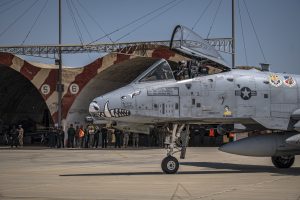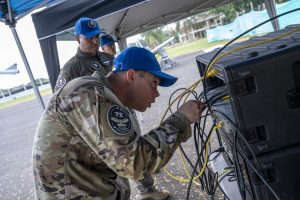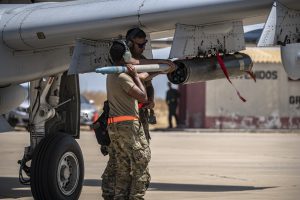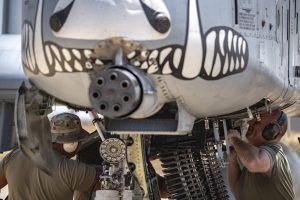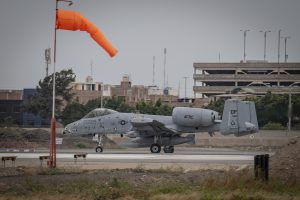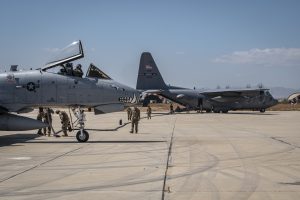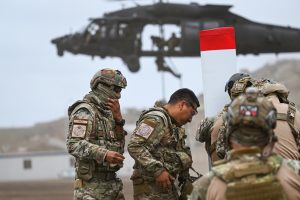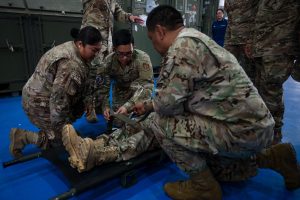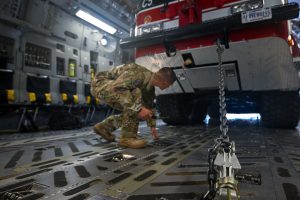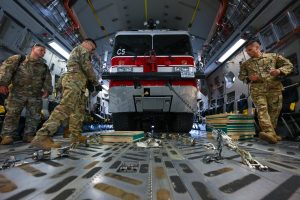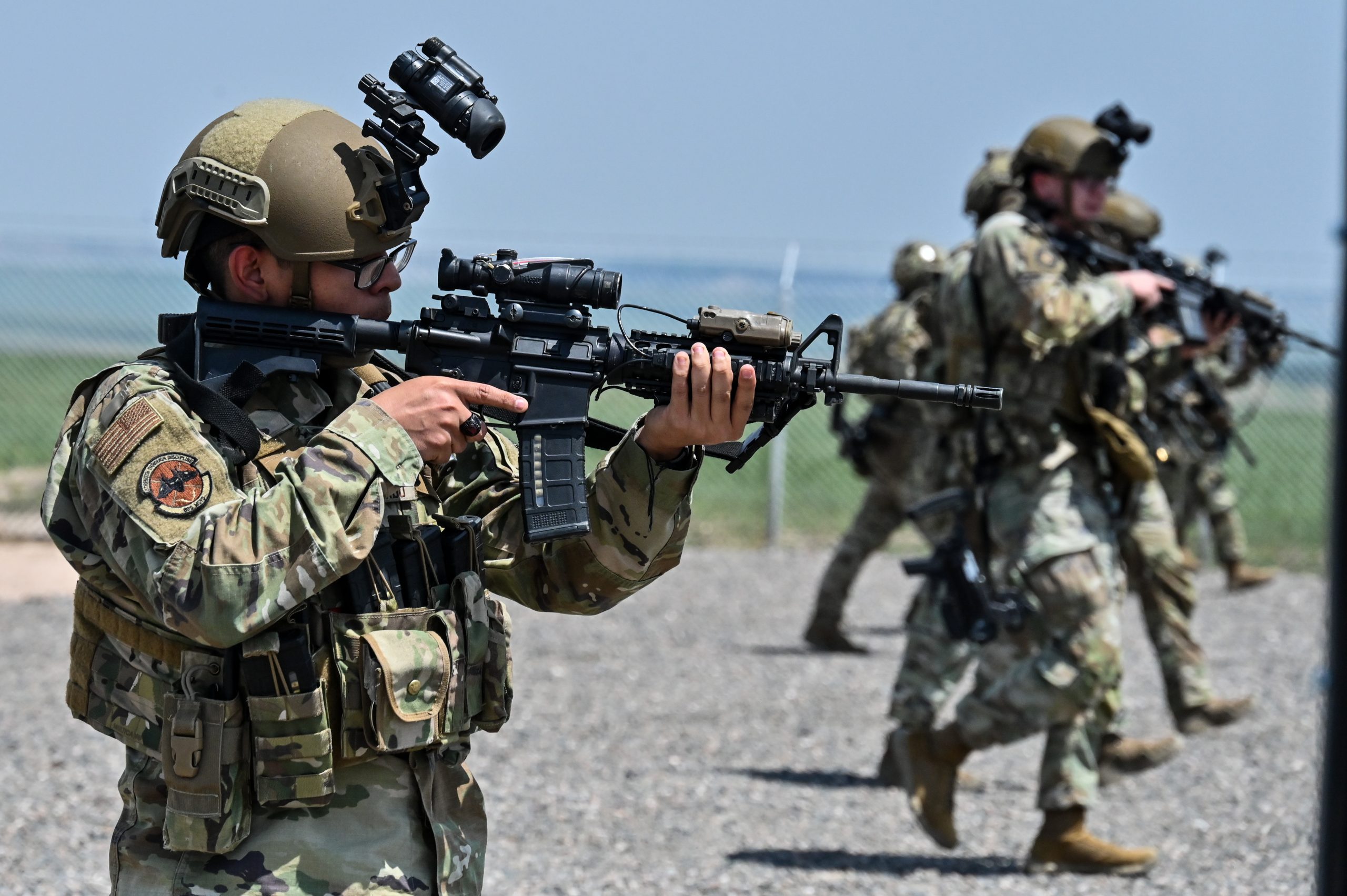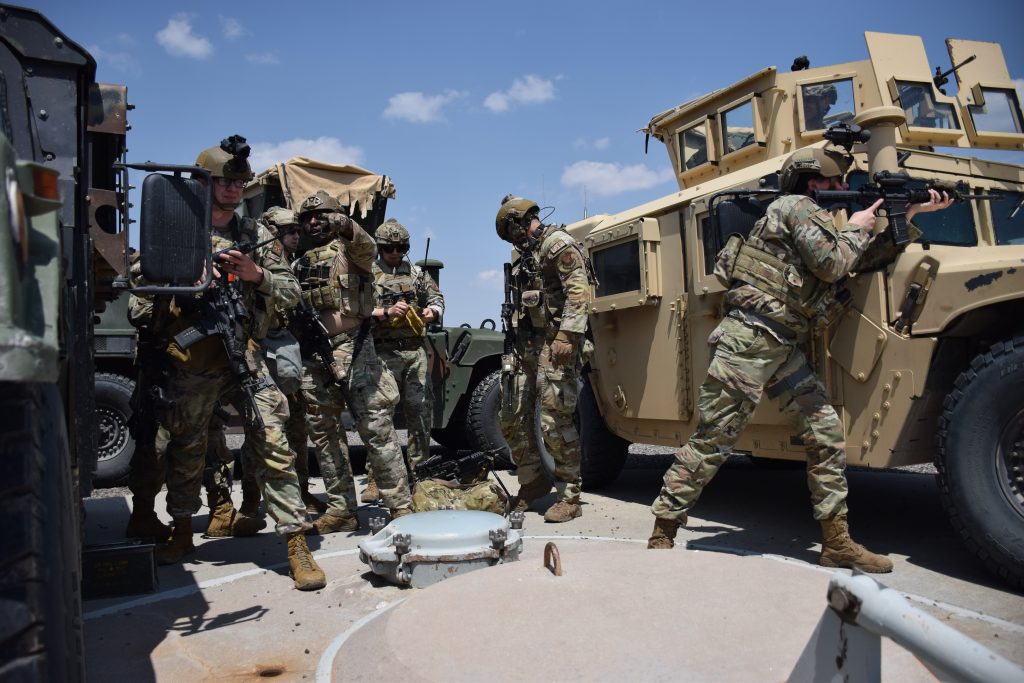The heads of the U.S., British, and Australian air forces signed a “joint vision statement” in a ground-breaking declaration of intent to co-develop the E-7 Wedgetail for airborne early warning and control, the U.S. Air Force announced July 17.
USAF did not immediately share details of the joint vision statement, but noted in a release that the deal will cover “Wedgetail capability development, evaluation and testing, interoperability, sustainment, operations, training, and safety.”
Cooperation could potentially accelerate USAF’s fielding of the Wedgetail—something both Air Force leaders and Congress has pushed as the aging E-3 AWACS fleet nears retirement. Current plans have the U.S. Air Force fielding its first of 26 E-7s in 2027.
The Royal Australian Air Force already has six E-7s, and the Royal Air Force, which plans to buy three, is aiming for initial operational capability in 2024.
U.S., British, and Australians have been talking about working together on the E-7 for some time. Air Force Secretary Frank Kendall broached the topic with U.K. Minister for the Armed Forces James Heappey in February, and Chief of Staff Gen. Charles Q. Brown Jr. said recently U.S. Airmen will travel to Australia to train on the aircraft.
At least one USAF official, program executive officer for the digital directorate Steven Wert, has suggested the U.S. and U.K. could share E-7 testing data, and officials at Boeing, the airplanes’ maker, have indicated willingness to accelerate U.S. deliveries.
But this week’s announcement is the first formal agreement addressing the aircraft. Brown; the Royal Air Force Chief of the Air Staff, Air Chief Marshal Sir Rich Knighton; and the Chief of the Royal Australian Air Force, Air Marshal Robert Chipman, signed the document during a ceremony at the Royal International Air Tattoo at RAF Fairford, U.K.
The U.S.-U.K.-Australia trilateral partnership, easily the closest among Western allies, has grown stronger in recent years. The three agreed last year to share nuclear submarine technology, and their so-called AUKUS accord has since expanded to include hypersonic and other emerging technologies.
USAF’s release on the Wedgetail agreement did not indicate whether the new joint vision statement will formally expand AUKUS.
“Collaboration and interoperability are critical to our warfighting advantage,” Brown said in a statement. “Signing this joint vision statement represents another step in the long-term, enduring commitment we have to the future and to the security of our three countries. The relationship between the United Kingdom, Australia, and the United States is more robust than ever, and we share a mutual understanding of the challenges we face in the air domain and the need to address them.”
